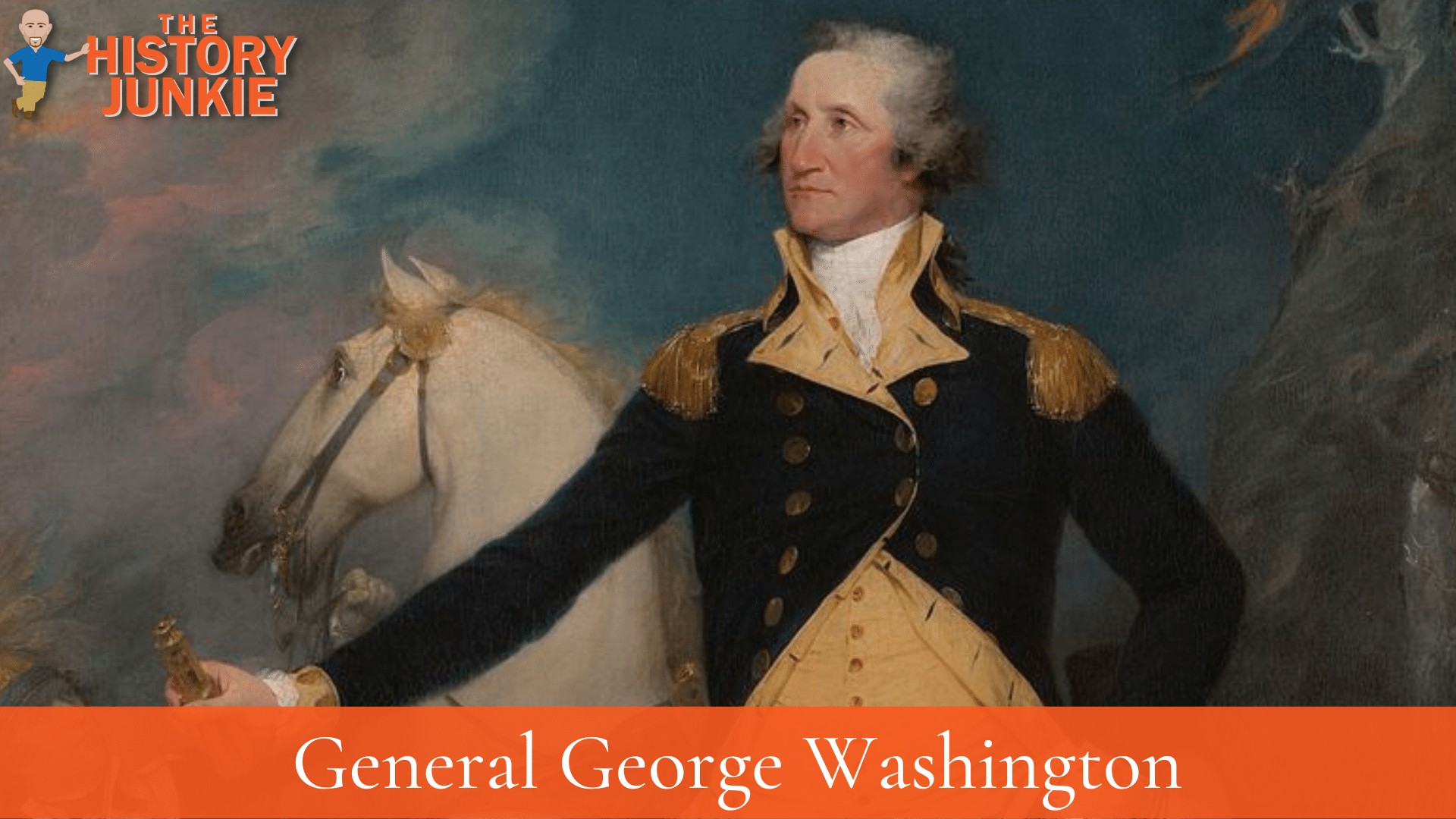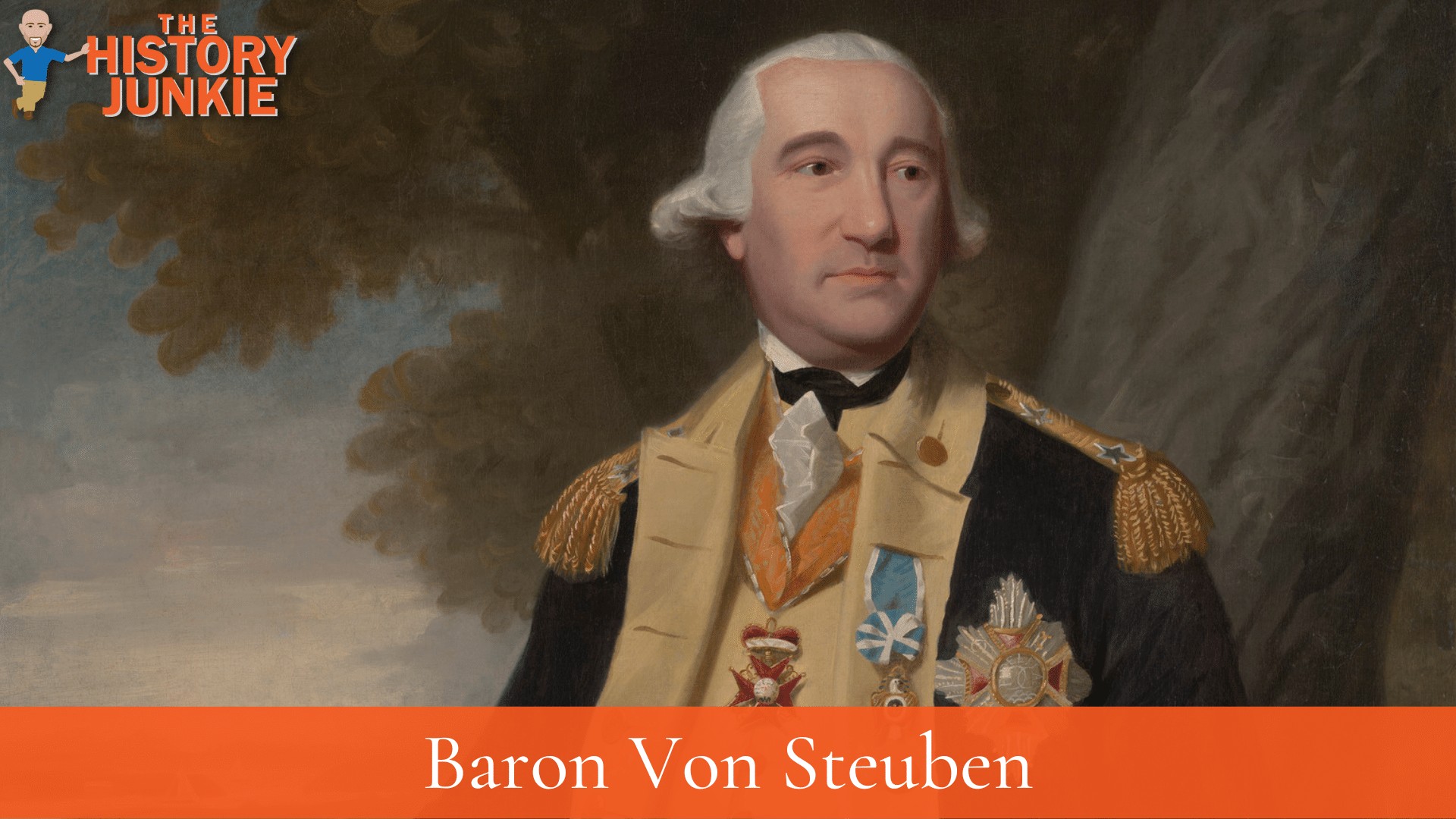The American Revolutionary War is usually one of the first topics you learn about at the beginning of the year. It is the war that would set the stage for America's founding and give birth to the Constitution.

It would also be the first time the world heard names such as George Washington, Thomas Jefferson, John Adams, and John Hancock. If you notice, Benjamin Franklin is not mentioned because he was already famous around the world because of his work with electricity.
Jump to:
- Common Questions
- #1. George Washington Was Named Commander-In-Chief Of The Continental Army
- #2. Blacks Played A Role For Both Sides Of The Conflict
- #3. Most Of The Continental Army Was Made Up Of Militia
- #4. Benedict Arnold Was The Hero Of Saratoga and Would Later Betray The Continental Army.
- #5. Baron Von Steuben Would Turn The Continental Army Into A Fighting Machine At Valley Forge
- #6. The Siege Of Yorktown Would Unofficially End The War
- #7. Thomas Paine's Common Sense Became The Most Popular Writing During The Revolution.
- #8. Native Americans Fought On Both Sides
Common Questions
When Did The American Revolutionary War Start?
April 19, 1775, when the British marched to Lexington and Concord
When Did The American Revolutionary War End?
September 3, 1783, when the Treaty of Paris was signed
Who Won The American Revolutionary War?
The United States before they were officially the United States
Who Fought In The American Revolutionary War?
United States, Great Britain, France, Spain, The Dutch Republic, Hessians, and the Native Americans.
What Was The Revolutionary War Fought For?
American Independence from Great Britain
#1. George Washington Was Named Commander-In-Chief Of The Continental Army

George Washington was nominated by John Adams to be the Commander-in-chief of the Continental Army. This was a shocking nomination due to Adams being from the New England Colonies and Washington being from Virginia.
John Adams was impressed with Washington's demeanor, and he also had experience.
Politically, Washington came from the largest colony, and the selection of Washington to lead a northern army would encourage the other southern colonies to join the cause.
#2. Blacks Played A Role For Both Sides Of The Conflict

The role of African-Americans during the American Revolution should not be understated.
During this time, slavery existed throughout the colonies, with the southern colonies having the most slaves due to their dependence on agriculture.
What is not known is that the French said that the Continental Army was made up of 10-15% blacks. Historians have said that the army would not become more desegregated until the Korean War.
An example of one of the elite units was the 1st Rhode Island, which developed a reputation for its tenacity and was the most integrated unit in the war.
This is not to suggest that life was easy for blacks that fought. There were some instances where blacks did earn their freedom, but most of the time, they fought and died in place of their slave master. Many times, they would not even receive their pay because it would be sent to their master.
The British offered freedom to any slave that ran away and joined the British, and it is estimated that about 20,000 blacks fought for the crown. After the war, most of them went back to being placed in bondage.
#3. Most Of The Continental Army Was Made Up Of Militia

A militia is a volunteer soldier who lives in a specific town. The best example of this was in Lexington and Concord.
As the British marched to Concord, they were harassed by minutemen and militia (minutemen were called that because they were ready at a minute's notice). These units did not have a central command but had voted on an individual to be their leader.
The militia had many weaknesses during the war. They often fled the battlefield in the face of a British volley, and they were undisciplined and did not use proper hygiene at camp, which caused disease.
Despite these issues, the commanders had to learn how to use them correctly.
#4. Benedict Arnold Was The Hero Of Saratoga and Would Later Betray The Continental Army.

The Battle of Saratoga is known as the turning point of the Revolutionary War. The victory convinced France to enter the war and capture John Burgoyne's entire army.
Although Horatio Gates took credit for the victory, it was the work of Benedict Arnold and Daniel Morgan that delivered victory over the British.
During the battle, Benedict Arnold would fall from his horse and damaged his leg. He would walk with a limp for the rest of his life. This would be the last time that he would fight for the Americans.
He became the governor of Philadelphia and met his wife, a Loyalist (loyalists were loyal to Britain) named Peggy Shippen. It would be during this time that he would turn from the cause to betray his country.
He would fight a couple of times for the British, but they never trusted him. He moved to England, where he died in obscurity.
#5. Baron Von Steuben Would Turn The Continental Army Into A Fighting Machine At Valley Forge

Valley Forge was the winter camp for George Washington's army from 1777 - 1778. It was crude, cold, and desperate. Soldiers endured a tough winter without the proper supplies, bloody feet, and a lack of medicine.
Despite the terrible conditions, George Washington brought in Baron Von Steuben, a Prussian officer, to train his men to fight better in the face of the British.
Steuben did well, and after the winter was over, Washington had his army, and they would impress the British at the Battle of Monmouth.
#6. The Siege Of Yorktown Would Unofficially End The War

The siege of Yorktown was the last battle of the American Revolution that ended with Cornwallis surrendering. This occurred in 1781, but the war would not officially end until the signing of the Treaty of Paris.
The Treaty of Paris was signed in 1783, and Britain would officially recognize the United States as an independent country.
Some argue that the war was not officially over until the Battle of Fallen Timbers.
#7. Thomas Paine's Common Sense Became The Most Popular Writing During The Revolution.

When the British passed new legislation, they did it without the colonies having any representation in Parliament. This angered the patriots, while the loyalists did not mind.
One patriot named Thomas Paine wrote his thoughts in a pamphlet called Common Sense. This pamphlet would be read by or to colonists throughout the colonies, and it was one of the first writings to mention independence.
Paine would also write An American Crisis, which Washington read to his men shortly before the Battle of Trenton.
He also wrote the Age of Reason, which had many radical ideas. Benjamin Franklin hated this work, and it was his least popular.
#8. Native Americans Fought On Both Sides

Sometimes, it is forgotten that the Native Americans fought for both sides, and the best example of this was what occurred with the Iroquois Confederacy.
The Iroquois Confederacy was the most powerful alliance in the Northeast. However, at the time of the American Revolution, there were 3 tribes that sided with the British and 2 that sided with the Americans.
This is the reason that the Natives were never a serious threat to take back their land. They could never unite,
Joseph Brant is pictured above. He was a Mohawk chief who wanted to create a separate Indian nation but was unable to unite the tribes. He would be a huge influence on Tecumseh.
